Installing a high-speed door is not just about picking the first model available. These industrial solutions serve critical functions such as process optimization, climate control, and personnel safety. That’s why making an informed decision before installation is key to maximizing performance and long-term durability.
In this article, you’ll discover the most common mistakes made when installing a high-speed door, how to avoid them, and expert tips to help you make the right choice.
Most Common Mistakes When Installing High-Speed Doors
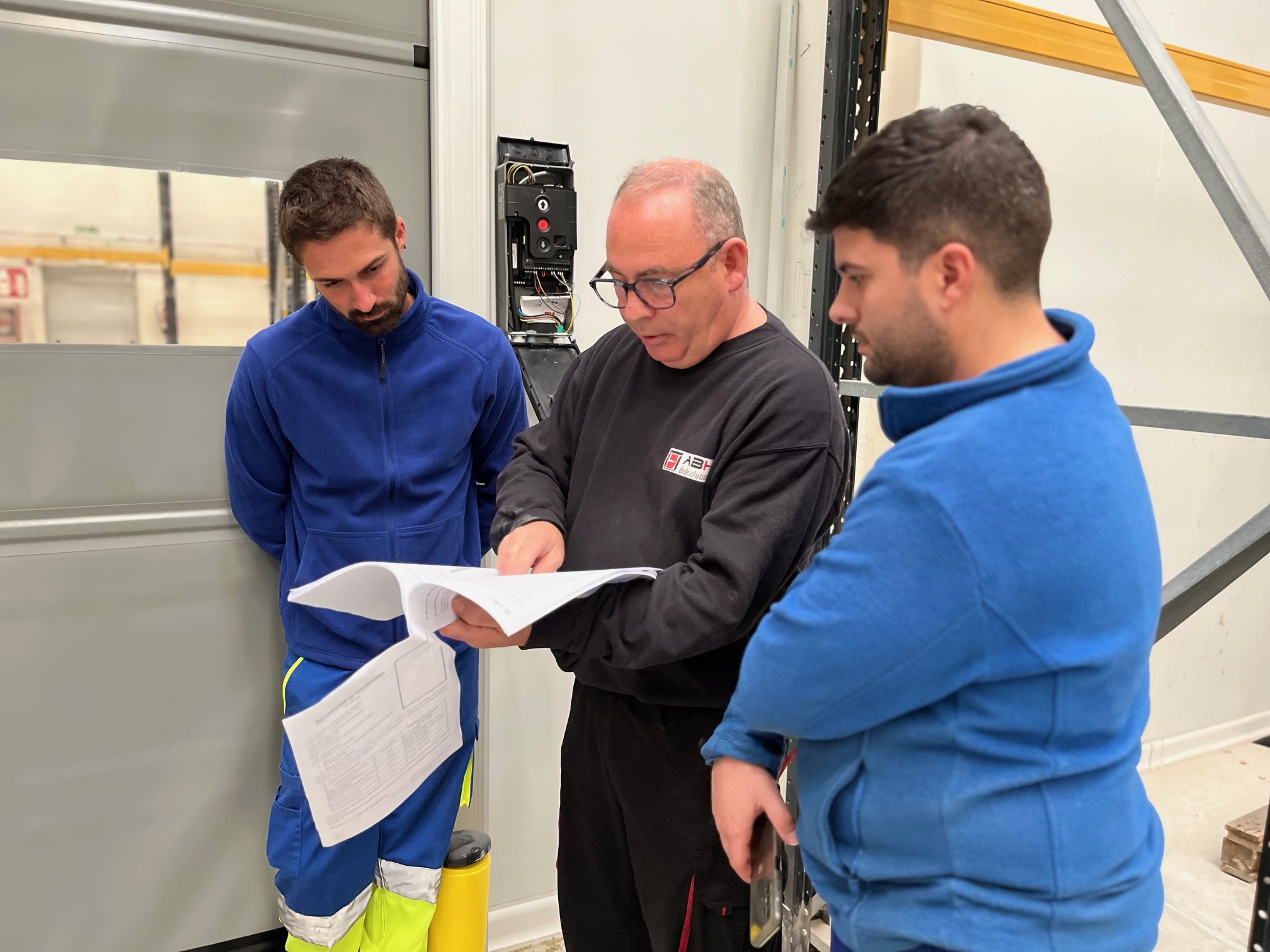
Choosing the wrong material for the environment
Not all high-speed door materials are the same. Using a standard PVC curtain in environments with extreme temperatures or high humidity can lead to premature wear. Each industry—food, logistics, pharmaceutical—requires specific solutions tailored to its conditions.
Not considering usage frequency
Will the door open 50 times a day or 500? Failing to plan for the expected number of daily cycles often results in frequent breakdowns and unexpected repair costs.
Ignoring climate control and environmental conditions
In refrigerated areas, cleanrooms, or outdoor spaces exposed to wind, installing a door without proper insulation is a serious mistake that leads to increased energy consumption and reduced efficiency.
Using standard dimensions without prior assessment
Every opening needs to be analyzed in detail. Installing a high-speed door that is too large or too small for the actual flow of goods or people can severely impact both efficiency and workplace safety.
Underestimating the importance of maintenance
A common mistake is assuming that, because they’re “fast and automatic,” these doors require little care. In reality, industrial high-speed doors need regular inspections to extend their lifespan and prevent costly failures.
Key Points to Consider Before Installing a High-Speed Door
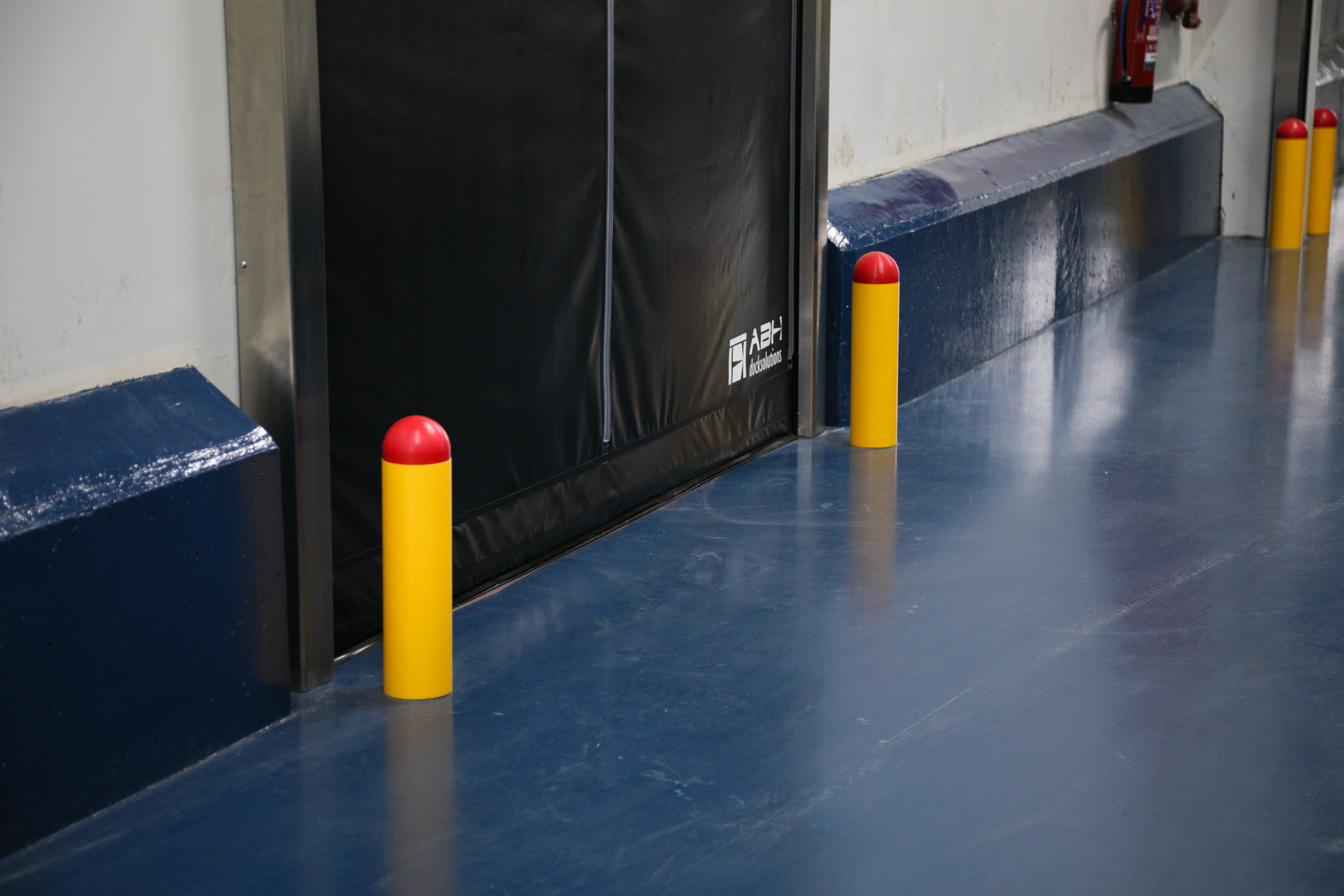
1. Analyze the traffic flow
Assess whether the traffic involves pedestrians, forklifts, or both. This determines the required opening speed, material durability, and the type of detection systems needed.
2. Define internal and external climate conditions
Determine whether you need thermal insulation, humidity control, dust protection, or wind resistance, depending on the environment.
3. Evaluate the type of activity in the facility
The nature of the goods and the operational environment (e.g., food processing, pharmaceuticals, logistics) directly influences the type of high-speed door that should be installed.
4. Consult with experts specialized in high-speed doors
Seeking technical advice helps avoid costly mistakes and ensures that your investment delivers reliable and efficient service for years to come.
How to Get It Right When Installing Your High-Speed Door: Key Recommendations
✔ Work with suppliers who understand your needs
Not all high-speed doors are suitable for every environment. It’s essential to partner with a supplier who thoroughly analyzes your operations, available space, and specific requirements before offering a solution.
✔ Choose technology that offers more than just speed
Prioritize doors that not only open and close quickly but also feature advanced safety systems, reliable detection sensors, and durable materials that minimize future maintenance needs.
✔ Secure a preventive maintenance plan from day one
Arranging a scheduled maintenance service from the moment of purchase helps avoid unexpected, costly repairs and significantly extends the lifespan of the door.
Also consider the hidden cost of a poor installation
Too often, when choosing a high-speed door, only the purchase price is considered. However, a poor installation or an unsuitable model can lead to hidden costs: energy loss, constant repairs, or even downtime in daily operations.
Before making a decision, compare not only prices but also maintenance costs, warranties, and after-sales service.
These factors will make the real difference in the medium and long term.
Too often, when choosing a high-speed door, only the purchase price is considered. However, a poor installation or an unsuitable model can lead to hidden costs: energy loss, constant repairs, or even downtime in daily operations.
Before making a decision, compare not only prices but also maintenance costs, warranties, and after-sales service.
These factors will make the real difference in the medium and long term.
At ABH Dock Solutions, we offer expert advice from the very beginning, tailored solutions for every industrial need, and a reliable technical service that ensures optimal performance for years to come.
✅ Avoid mistakes, maximize your investment, and ensure the efficiency of your warehouse or logistics center.
Contact us today and discover how a high-speed door can transform your daily operations.

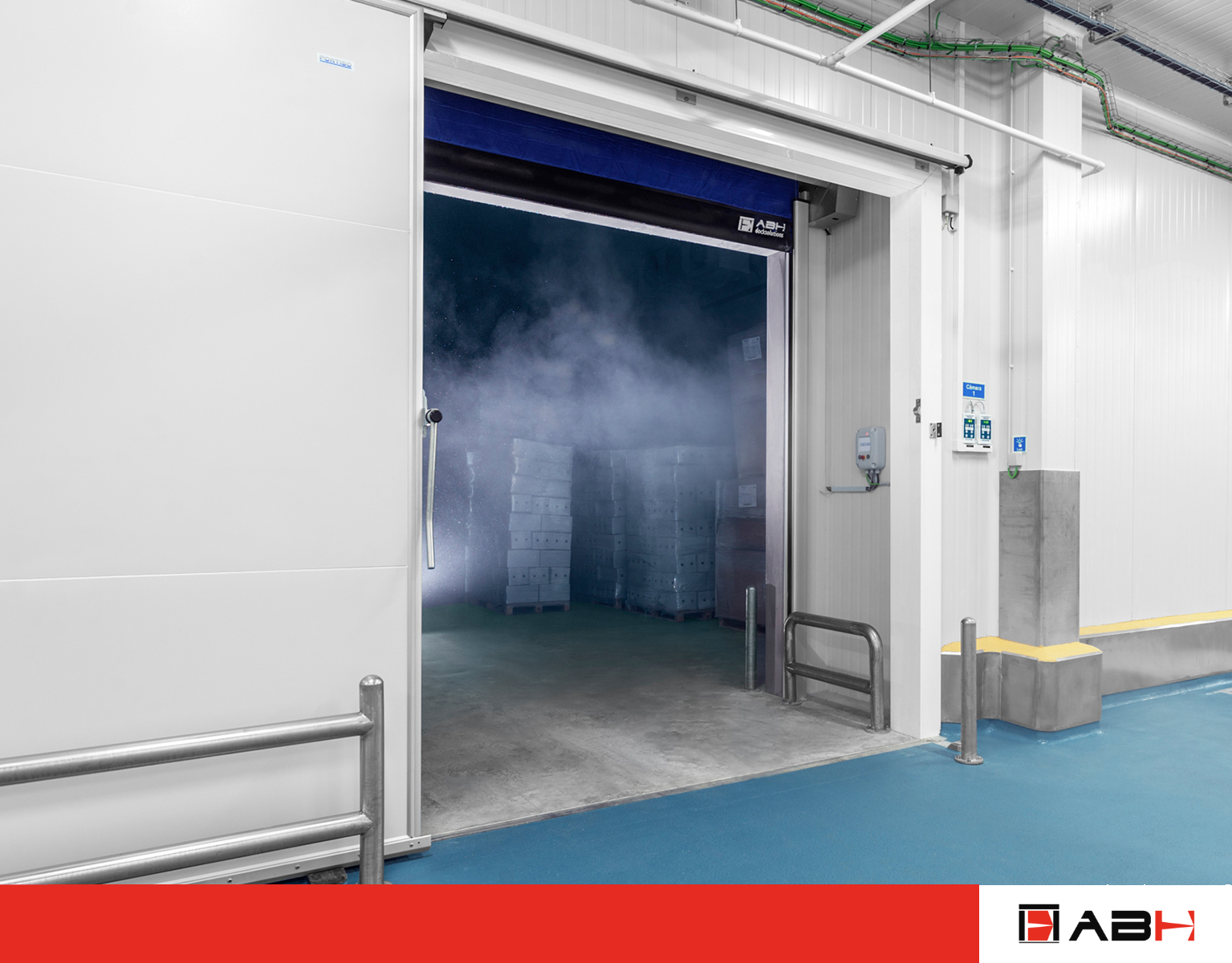
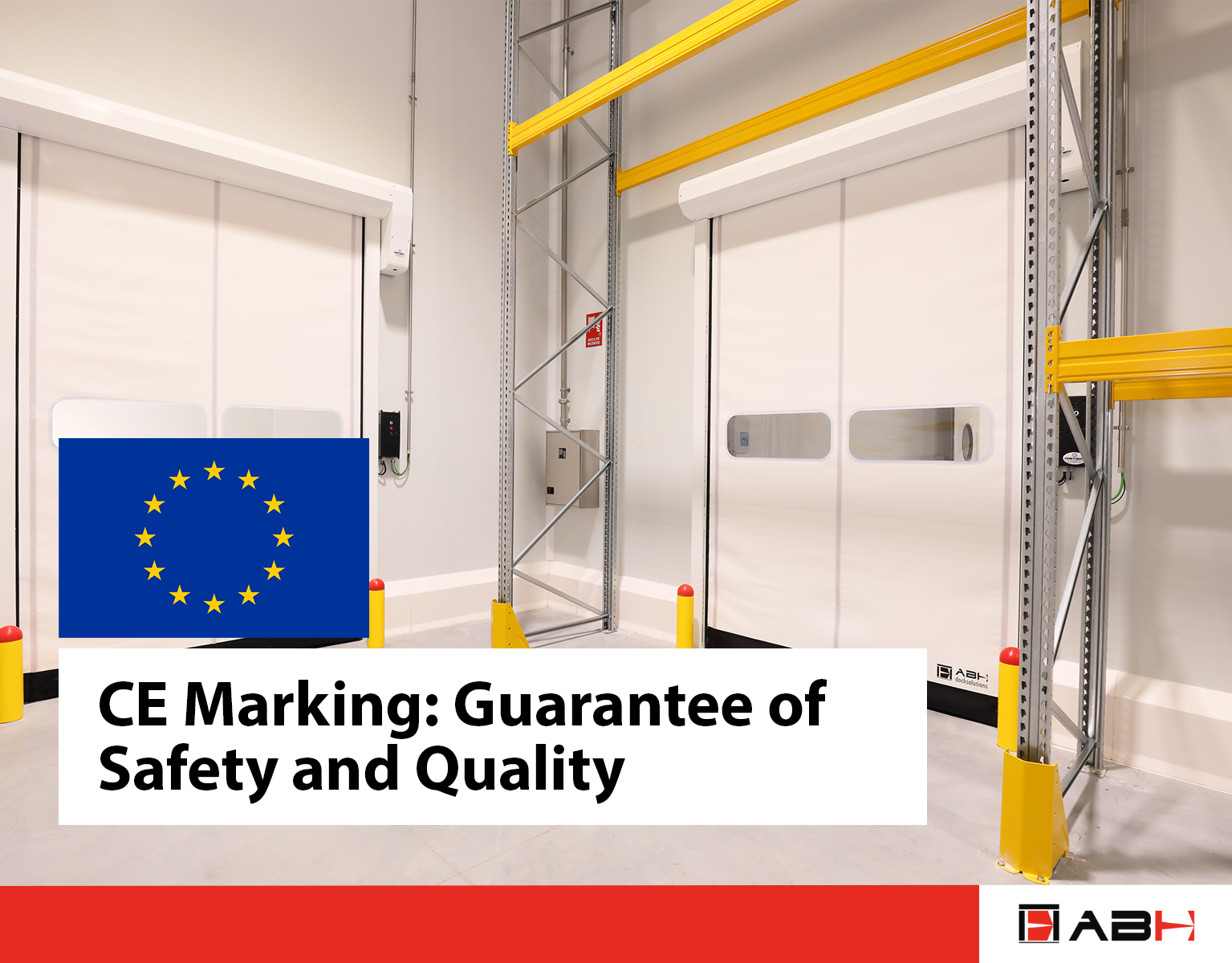
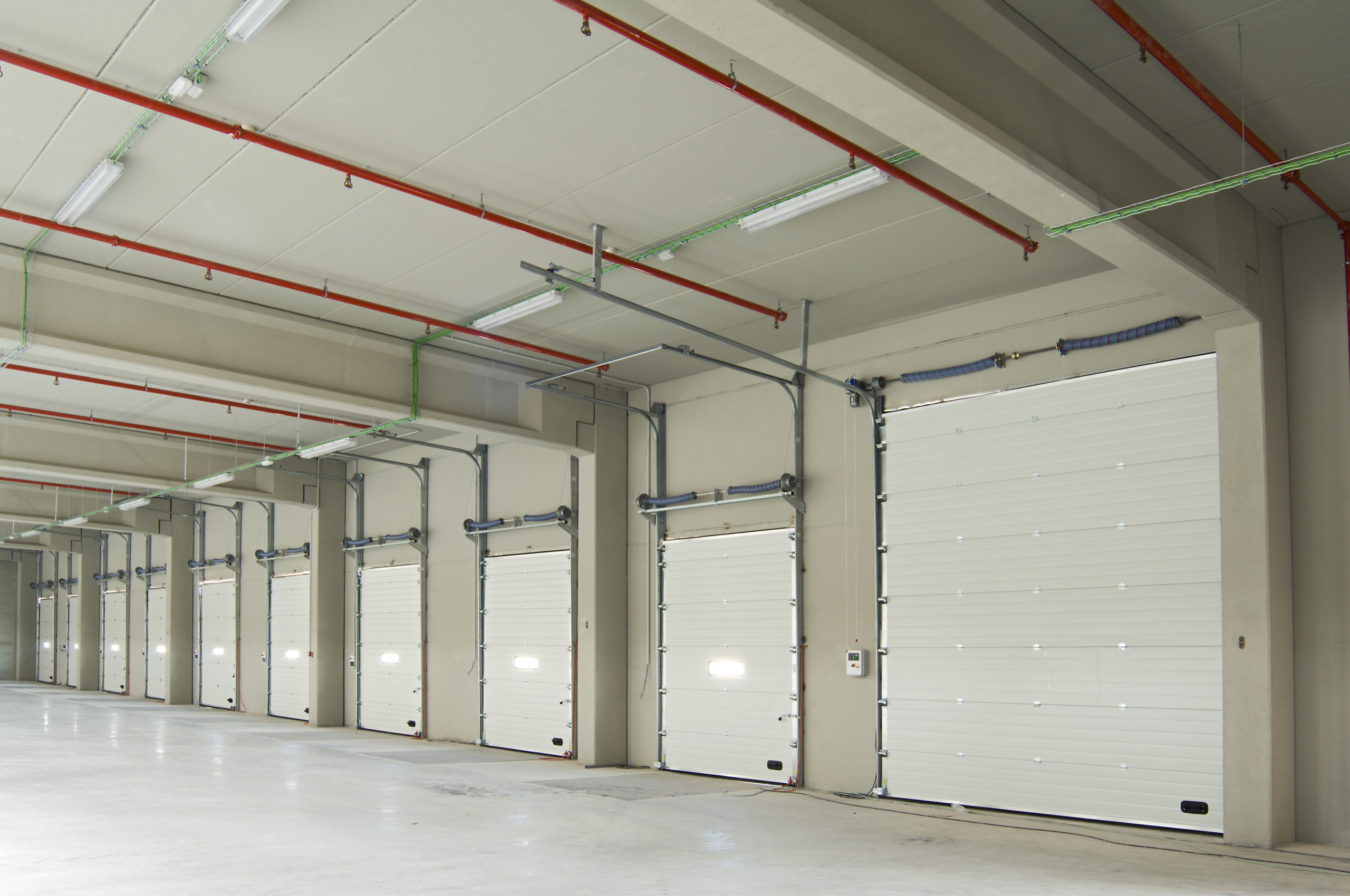
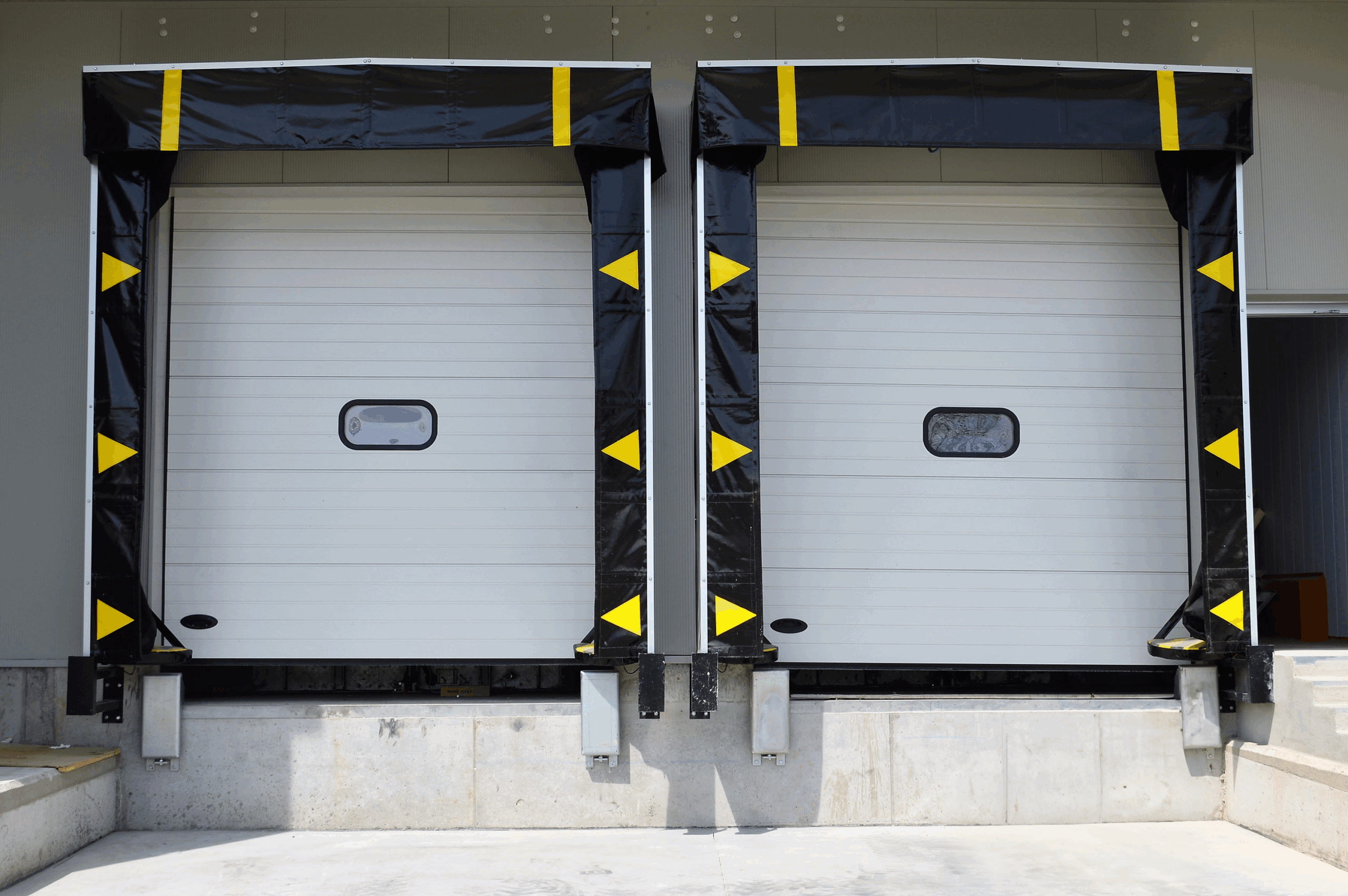
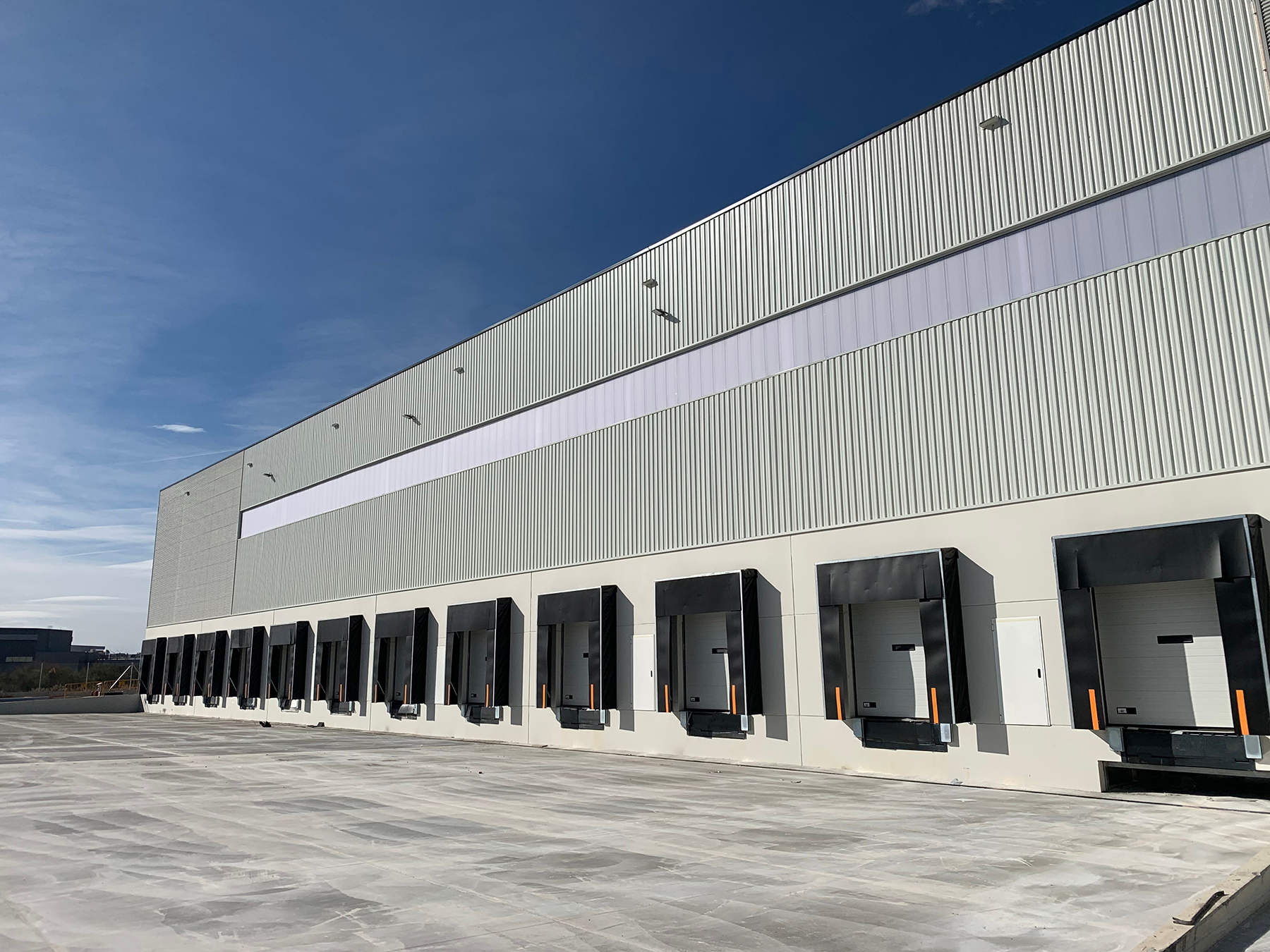
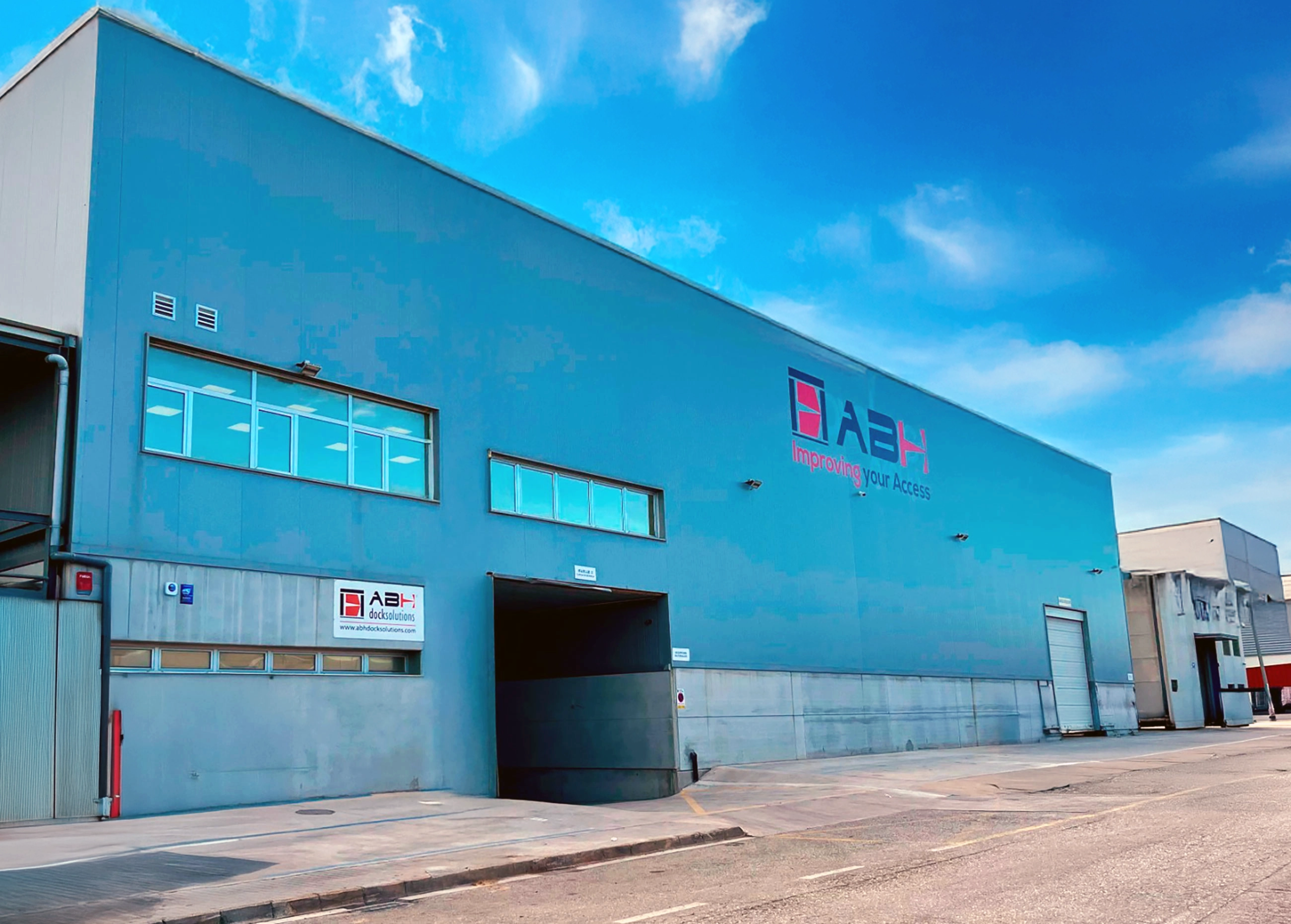
Leave A Comment